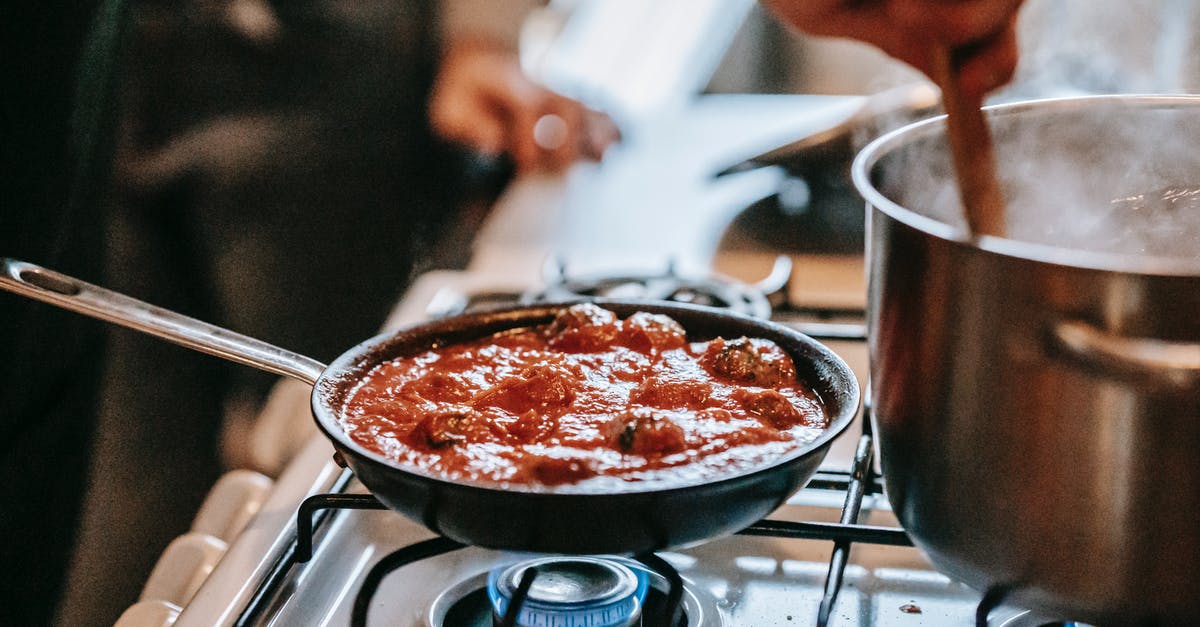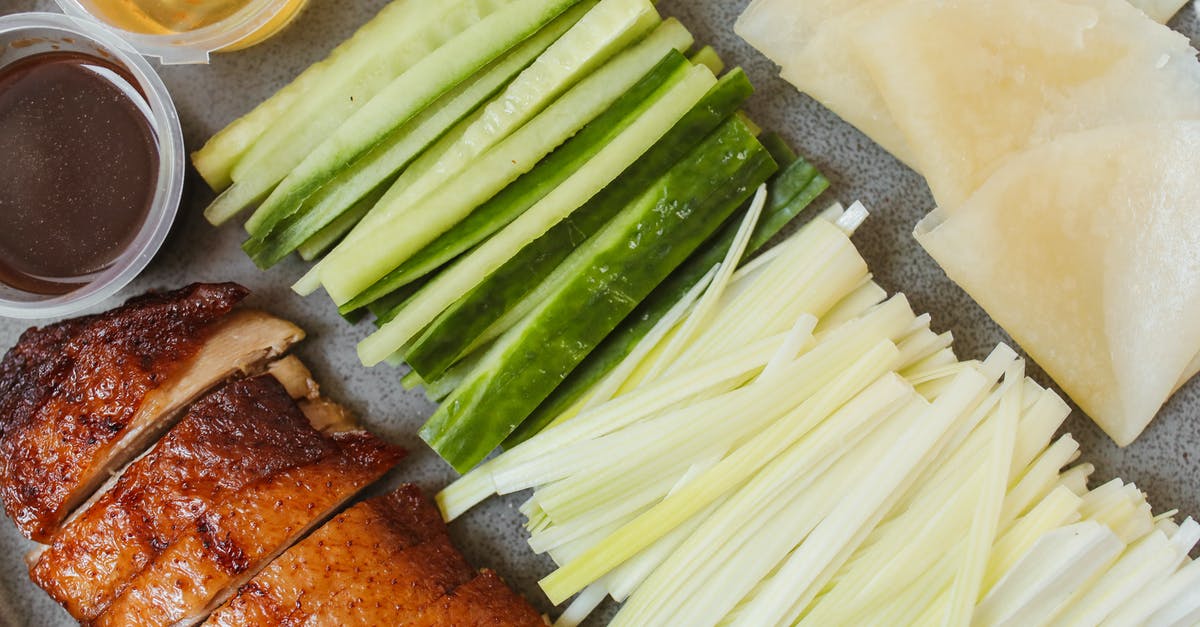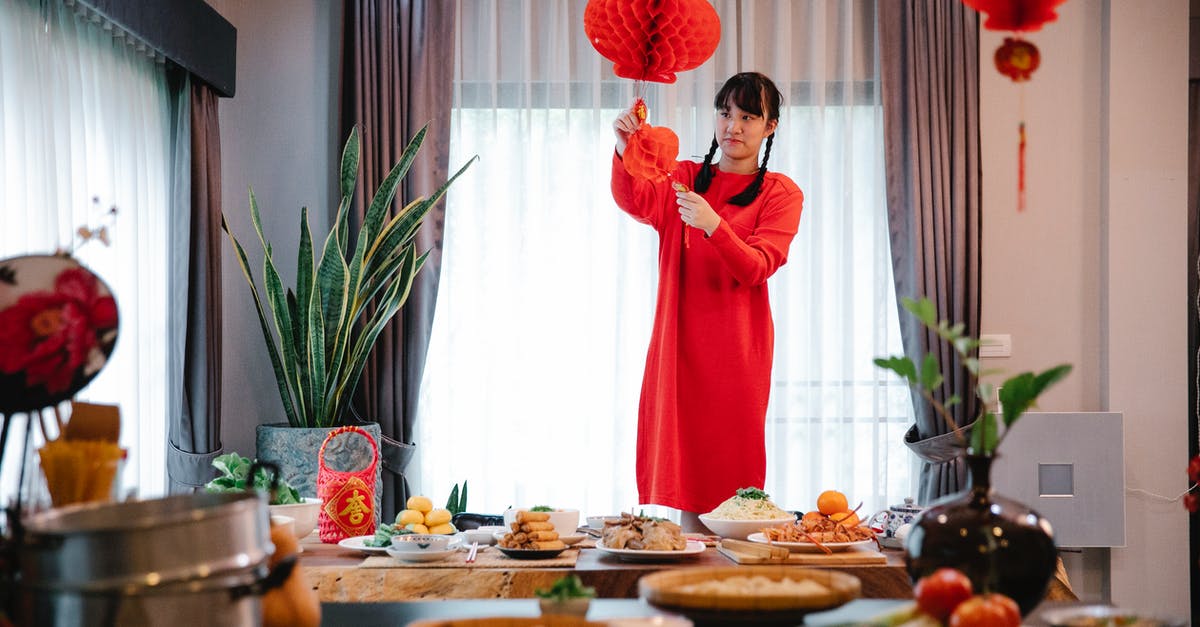Is there a rubric for what ingredients go into a Chinese stir fry?

Looking at these two recipes:
they are quite similar but have minor variations. This seems to be the case for a lot of Chinese cooking - there are many recipes that use slightly different quanities or omit a single ingredient but are recognised as a different dish.
For example the ginger chicken contains
1 tablespoon oyster sauce
1 teaspoon soy sauce
1/2 teaspoon dark soy sauce
1/2 teaspoon rice vinegar
but the tofu stir fry by the same chef contains
1 tablespoon hoisin sauce
2 teaspoons dark soy sauce
1 teaspoon soy sauce
2 tablespoons Shaoxing wine
And then for another ginger chicken recipe (https://thewoksoflife.com/ginger-chicken/), the sauce has
1/4 cup Shaoxing wine
2 tablespoons soy sauce
1 teaspoon dark soy sauce
2 teaspoons oyster sauce (optional)
What confuses me is that distinguishing between ginger chicken and another chicken stir fry seems to rely on these small variations in flavours.
But these variations aren't consistent between chefs, so is there really just one "mother" stir fry recipe that you can tweak to your preference? Or do the variations actually result in something that you could tell apart by what you get on the table without knowing what its called?
Best Answer
Is there a rubric for what ingredients go into a Chinese stir fry?
Usually, some optional mixture of liquids, vegetables, noodles, fruits, and meats.
A bit of a facetious answer, but really- stir frying is just a method of cooking food.
While there are certain ingredients that we usually associate with stir frying, the existence of a 'mother stir fry recipe' is about as real as a 'mother grilling recipe', or a 'mother microwaving recipe'. It's silly to say, isn't it? You can grill whatever you want, however you want.
So why do two different recipes have minor, small variations?
Well, because they're different recipes. Those chefs just decided that's what they wanted their recipe to be, so it is.
Your implicit follow-up question seems to be "Are those small differences enough to make a difference?" and of course, as always, the answer is 'it depends.' The difference in 1/4 cup of Shaoxing wine to 1/2 teaspoon of rice wine? That's a pretty huge difference. You'll taste that. You might not know what difference you're tasting, but that's not the goal, is it? Just the fact that it's different is enough for it to be, well, a different recipe.
If you look around enough, I'm sure you'll find two recipes that are essentially identical with different names. That's okay too, isn't it? Two different people could eat the exact same thing and experience the taste of that in different ways, and thus name it two different things. If a dish contains hot peppers and garlic in equal measure, one person might call it Spicy Pepper Dish and another person might call it Sweet Garlic Dish. They're both valid names.
Hope my long rant was at least a little bit helpful. Thanks.
Pictures about "Is there a rubric for what ingredients go into a Chinese stir fry?"



What are the four main components of a stir-fry?
A great stir-fry typically consists of four important components: protein, vegetables, aromatics, and sauce....What are some ingredients that can be used in stir-frying?
Meat: add in some chicken, pork, shrimp, beef or tofu. Vegetables: asparagus, bean sprouts, celery, zucchini, cauliflower, onions or tomatoes add more of variety of vegetables. Nuts: almonds and cashews are great to stir in as well. Spicy: make it spicy by adding some heat with sriracha or crushed red pepper flakes.What are the seven common ingredients in a stir-fry?
Stir-frying is a Chinese cooking technique that is done over high heat and with a small amount of oil....The main ingredients to a stir-fry are:What ingredients go first in stir-fry?
Meat first, then vegetables \u2013 If you want meat or seafood in your stir fry, cook it first then scoop it out onto a separate plate before cooking the vegetables. You'll add the meat back in at the end. 5. Don't crowd the pan \u2013 If you have too much in your pan, the vegetables will steam instead of staying crisp.Stir Frying 101, Chinese Stir Fry Techniques Using Pork and Chili (青椒肉丝)
More answers regarding is there a rubric for what ingredients go into a Chinese stir fry?
Answer 2
There are 12 major Chinese cuisines in China, plus countless local specialties for each city and town. Outside China, there are many variations on expat Chinese cuisine, including Chinese-American, Chinese-Japanese, Chinese-Indian (weird but surprisingly good), and many others.
Almost all of these cuisines cook at least some dishes over high heat in a wok, pan, or griddle, otherwise known as "stir-frying". We're talking thousands of named dishes and hundreds of thousands of unnamed ones (many of which I will never get a chance to taste, more's the pity).
So there isn't "one mother stir-frying" recipe, any more than there is "one mother soup recipe" or "one mother cookie recipe".
There are, however, some standards on what's expected to go together in specific Chinese cuisines. For example, just like French cuisine has Five Mother Sauces, classic Szechuan cuisine has Eight Primary Flavors. So, just as classic Escoffier French cuisine could be reduced to "Protein or Vegetable + cooking method + Mother Sauce", Szechuan cuisine can be formulated as "Protein or vegetable + cooking method + Primary flavor(s)".
If you've explored French cuisine at all, though, you realize that's a fairly reductionist approach (although useful for coming up with quick weeknight meals); it's equally so for any of the various Chinese cuisines. And, of course, the 8 flavors apply only to Szechuan cuisine; Hunan or Jaingsu or Shandong cuisine each have their own set of canonical flavors/ingredients.
You're not going to learn these basics (whether French or Szechuan) from random Internet recipes, though, which tend to be a mongrel assortment of low-end fusion cuisine. For learning Chinese food, I strongly recommend the cookbooks of Fuschia Dunlop, who has done a terrific job of exposing the true heart of Chinese cuisine to English speakers.
Answer 3
Virtually anything edible can go into a stir fry. Yes, you can stir fry things like milk, or even cheetos (wouldn't recommend it though). I've never seen stir fried potato chips or Snickers bars, but I don't see why you can't do that :-)
There are some basic rules however:
- all ingredients are cut into identical or similar shape and size. Some people call this the "shape rule". If your ingredients don't look the same, they won't heat the same way;
- quick-cooking ingredients go into the wok last. This should explain itself;
- put in the condiments at the end, while you're still on high heat. If your recipe involves starch-water mixture as a thickening agent, however, that goes in on low heat, or the texture of your stir-fry won't be even. Note that there are (mostly regional) exceptions to this rule.
Other things really vary a lot. Sometimes people add the aromatics at the beginning, sometimes they do it in the middle of cooking. In some dishes, you don't want to burn your chili peppers, but in other cases (such as kung pao chicken), you must slightly burn them. But then it's just a matter of trial and error.
However, stir frying involves cooking ingredients on high heat for a very short time, so your ingredients better cook fast. Of course, there's a solution to this problem: you blanch your ingredients in water or "slow deep fry" your ingredients in oil (in Chinese, this technique is called "going through the oil" ??). Some people may opt to pan fry the ingredients.
There are eight major Chinese regional cuisines, and stir frying is a basic technique in all of them. However, not all of them use this technique equally frequently. These rules of thumb are for Cantonese stir fries, which is probably what most people in the West think of when they think of stir fry. Hunanese and Szechuan cuisine also use stir frying frequently, and the rules are generally the same.
However, in Shandong (Mandarin, northern China) cuisine, rule 3 above is often violated. Frequently, condiments and aromatics are added to the wok first, producing a thick sauce, and then the ingredients are added. This technique is often called "sauce popping" (jiangbao ??); you can't do it the other way round, or either the sauce won't thicken enough, or your ingredients will overcook. The most famous example of this cooking method is probably Peking shredded pork (jingjiang rousi ????), where a sweet-savoury sauce is prepared in the wok, slightly reduced, and then the (pre-cooked) shredded pork is added to the sauce and stirred thoroughly.
Sources: Stack Exchange - This article follows the attribution requirements of Stack Exchange and is licensed under CC BY-SA 3.0.
Images: Gary Barnes, Polina Tankilevitch, Angela Roma, Momo King
